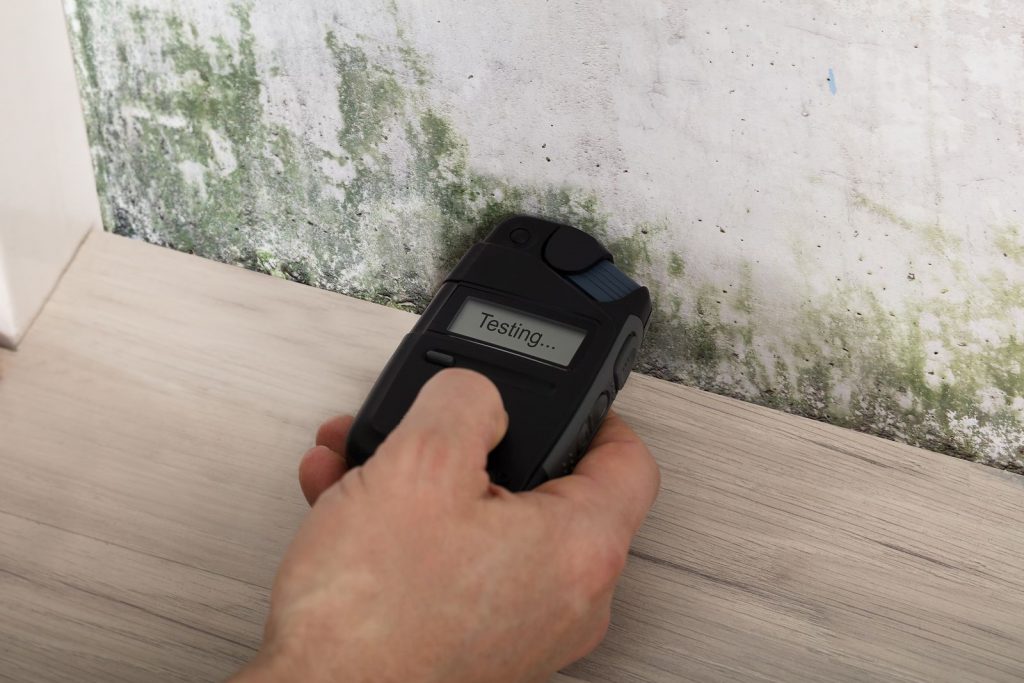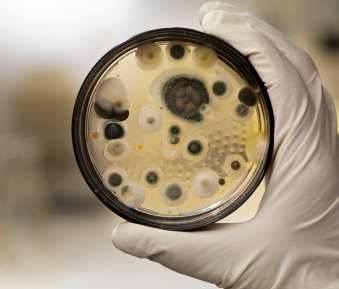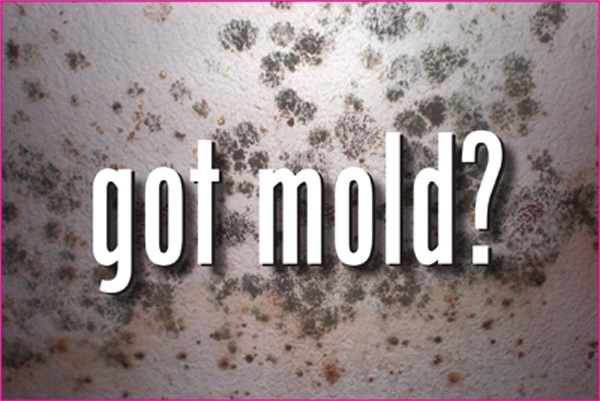Mold Testing Vs. Mold Clearance Testing: What’s the Difference?
What is Mold Testing?
Mold testing, also known as a basic mold inspection, involves collecting samples of visible mold growth in a home or building and having them analyzed to identify the types of mold present. This is an important first step when a mold problem is suspected, as it confirms whether mold is present and provides information on what species are involved.
Call us at: 888-217-2719.
We certainly provide Mold Testing and Mold Clearance Testing in the San Mateo region, but we also cover the surrounding cities of Daly City, Redwood City, South San Francisco, San Bruno, Pacifica, Millbrae, Menlo Park, Hillsborough, Foster City, Palo Alto, Burlingame and Atherton.
The purpose of basic mold testing is to discover all areas where mold growth has occurred and the types of mold present. Sample collection typically focuses on visibly affected areas and materials like drywall, carpeting, wallpaper, etc. Various swab, tape, or air samples are taken and then sent to an accredited mold testing laboratory for analysis under a microscope. This allows the mold species to be accurately identified.
Mold Testing San Francisco
Knowing the type of mold contamination in a home is critical for assessing related health risks, since certain species like black mold are more hazardous than others. Mold testing also guides appropriate remediation protocols to eliminate the mold and prevent regrowth.
What is Mold Clearance Testing?
In contrast to the initial mold testing, mold clearance testing (or post-remediation verification) is performed after mold remediation work has been completed and it will confirm if the mold has been successfully removed. It verifies the affected area is back to safe levels before reconstruction.
The purpose of clearance testing is to assess how well the efforts to remove mold and reduce levels to ensure indoor air quality standards. To compare the results, multiple samples are collected from both the areas that have undergone remediation and other spaces. Additionally, a thorough visual inspection is conducted to check for any remaining signs of mold or other moisture related issues.
The samples are analyzed to ensure mold spore types and counts are at typical environmental background levels and do not indicate any lingering contamination or deeper issues not addressed by the remediation work. Clearance testing provides quality assurance and peace of mind that the mold problem has been fully resolved.
Differences Between the Two Tests
There are some notable differences between initial mold testing and post-remediation clearance testing in terms of sample collection methodology, analysis procedures, result interpretation, and the overall objective of the testing process.
Sample Collection Methods
- Initial testing targets visibly affected materials, whereas clearance testing collects comparison samples from both affected and unaffected areas.
- Larger numbers of samples are gathered during clearance testing to thoroughly evaluate remediation.

Mold Testing San Mateo
Types of Analysis Conducted
- Initial testing identifies mold types under a microscope, while clearance testing also quantifies spore numbers using chamber counts.
- Clearance testing specifies permissible spore counts for indoor air quality.
Interpreting Results
- Initial testing establishes the presence and type of mold for remediation, while clearance testing confirms mold levels are back to safe thresholds.
- Clearance testing also checks that proper remediation protocols were followed.
Determining Necessary Remediation
- Initial testing guides the appropriate remediation plan. Clearance testing verifies the plan’s effectiveness in eliminating the mold.
When to Use Each Type of Test
Mold testing and clearance testing serve important yet distinct purposes in different stages of the mold remediation process.
Situations Better Suited for Basic Mold Testing
Basic mold testing is recommended as a first step in these circumstances.
- Visible mold growth or musty odors indicate a possible problem. Testing identifies all affected areas and mold types present.
- After water damage like flooding, to check if mold has started growing in the home. Early testing allows quicker remediation if found.
- Anyone in the home complains of allergy or asthma symptoms that may stem from mold exposure. Testing can establish if this is the cause.
Cases Where Mold Clearance Testing is Recommended
When mold clearance testing should be performed.
- After any professional mold remediation services or extensive in-house mold cleanup efforts. Clearance testing verifies the affected area is back to safe spore levels.
- If occupants continue experiencing mold-related health issues after remediation. This determines whether mold still persists in the home.
- Before reconstruction or reoccupation of an area after mold contamination. Clearance testing brings peace of mind that the space is safe again.
- To provide documentation of successful remediation for insurance companies or prospective buyers/tenants.
The Importance of Professional Mold Inspection
Due to the technical nature and health implications of mold testing, it is advisable to hire a professional certified mold inspector for both initial and clearance testing.
Advantages of Professional Mold Inspection
- Professionals possess expertise in methods and standards for analyzing mold.
- They use equipment to detect mold and collect intact samples.
- They are knowledgeable about the regulations governing effective remediation in your state.
- They provide a report explaining the findings and suggest the next steps.
Ensuring Accurate Testing & Analysis
- Professionals gather a number of samples from locations to ensure accurate analysis.
- Accredited laboratories are employed to reliably identify the species of mold present.
- For clearance testing they verify that spore counts comply with reoccupation levels.

Mold Clearance Testing South San Francisco
Receiving Remediation Recommendations
- Experts determine the methods, for remediating specific types of mold found.
- Through clearance testing they confirm that all traces of mold have been completely eliminated.
- If any lingering mold is detected professionals offer guidance on the next steps required.
In conclusion, both mold testing and mold clearance testing serve roles in addressing issues related to mold contamination. Professional mold inspectors use testing methods to identify areas and types of mold that need to be addressed. This helps guide the remediation process ensuring that the space returns to safe levels after the necessary actions are taken. These experts employ testing and analysis techniques providing homeowners and businesses with solutions for indoor mold problems ensuring quality and safety.
We provide Mold Testing and Mold Clearance Testing in the San Mateo region: however, we also cover the surrounding areas of Daly City, Redwood City, South San Francisco, San Bruno, Pacifica, Millbrae, Menlo Park, Hillsborough, Foster City, Palo Alto, Burlingame and Atherton.
Call us at: 888-217-2719.




